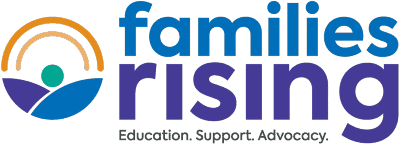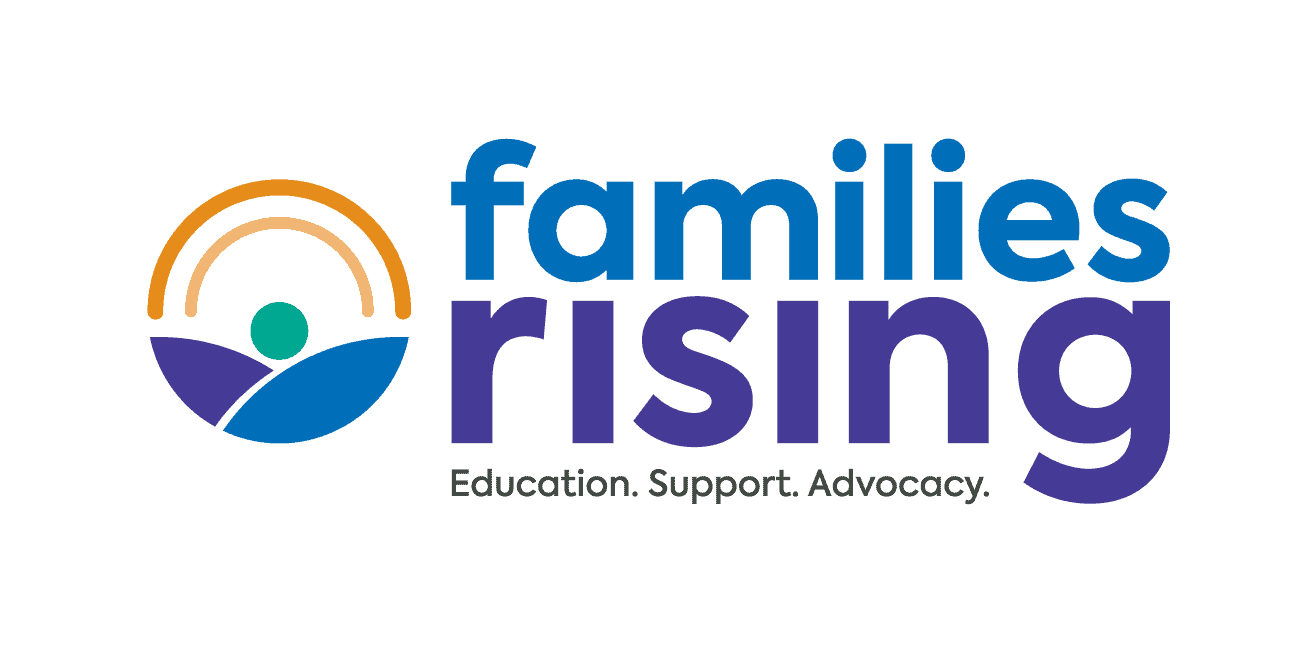Philosophy
Federal, state, tribal, provincial, and territorial governments have a responsibility to ensure the safety and security of all children and youth who have been in the guardianship of the government through the foster care system (hereafter referred to as foster children and youth or children and youth adopted from foster care). All foster children and youth who are placed with adoptive families should be eligible for benefits through an adoption assistance program* (also known as adoption subsidy).
Adoption assistance is designed to supplement the resources of the approved adoptive family in order to meet the child’s or youth’s needs without creating an undue financial burden on the family. Adoption assistance programs and policies should be structured so that there is not a disincentive for a family to move a child or youth from foster care to adoption.
Policy and Practice Recommendations
Families Rising seeks reforms within adoption assistance programs in the U.S. and Canada so that all foster children and youth are eligible for benefits that will enable their families to meet the children’s or youth’s needs. Specifically:
- Each state, province, territory, and the U.S. federal government should operate fully funded, child-focused adoption assistance programs.
- Children and youth who are adopted from foster care should be eligible for at least the same level of support and benefits (including any therapeutic or specialized rates) they would have received in family foster care.
- Specific adoption assistance program benefits should be determined on a case-by-case basis to meet the specific needs of the foster child or youth being adopted. Agencies must notify all prospective adoptive families of the benefits for which their child would be eligible. Agencies must be diligent and effective at providing parents with full information and equal status to ensure fairness in the negotiating process, thereby maximizing the opportunity for placement success. Negotiations should not be seen as a process to either minimize or maximize benefits, but rather a process by which the parties determine what the child or youth needs to function successfully in the adoptive family. To ensure that children and youth receive the support they need, states, provinces, and placing agencies should train workers about the purpose of the adoption assistance program and should encourage negotiation designed to achieve the right benefits for the specific child or youth, rather than the lowest possible benefits. In addition, agencies should train prospective adoptive families about how to negotiate for the benefits their new child truly needs.
- Families should be eligible for different adoption assistance benefits when their children’s needs change.
- Until adoption assistance programs cover all children and youth adopted from foster care, deferred adoption assistance agreements combined with a “high-risk” special needs definition should be used to ensure future access to necessary adoption assistance benefits for foster children at risk of developing or manifesting special needs as they age (such as those at high risk for mental illness or exposed to drugs or alcohol in utero, for example).
- When children or youth receiving adoption assistance payments need out-of-home care, the cost of care to the family should not exceed the adoption assistance payment.
- Adoption assistance agreements should clearly state that they will remain in force at least until a youth is 18. For youth with mental, physical, or behavioral special needs or other special circumstances, adoption assistance should be extended until the youth is 21. In the U.S., the federal government should continue to provide IV-E reimbursement to states for payments made to IV-E-eligible 18- to 21-year-olds.
- A financial means test should not be used to determine a child’s, youth’s, or family’s eligibility for adoption assistance benefits or the level of those benefits.
- Adoption assistance payments should not be taxable income.
Specific U.S. Recommendations
- U.S. federal law should be changed to remove the link between a birth parent’s AFDC eligibility and a child’s or youth’s eligibility for Title IV-E Adoption Assistance. Policies should be designed to ensure that every child or youth adopted from foster care has access to federal adoption assistance benefits to meet the child’s or youth’s needs.
- Tribes should have direct access to Title IV-E funding on behalf of children in their care and custody, rather than having to negotiate individual state/tribal agreements.
- If an adoption assistance agreement is not in place at finalization, states should be able to negotiate and approve a post-finalization adoption assistance agreement without making families to go through the fair hearing process in order to maintain the child’s or youth’s Title IV-E eligibility.
- When judges order adoption assistance agreements for children or youth who are adopted from foster care, those agreements should be eligible for Title IV-E adoption assistance reimbursement.
- Until the U.S. provides universal health care, all children and youth adopted from U.S. foster care should be eligible for Medicaid.
*By adoption assistance, Families Rising means the federal, state, provincial, and territorial programs that support children adopted from public foster care. Such support can include medical coverage, monthly payments, respite or day care, individual and family counseling, residential treatment, specialized camps, etc. (These services may also be available to other adopted children through a state’s or province’s post-adoption service program.)


